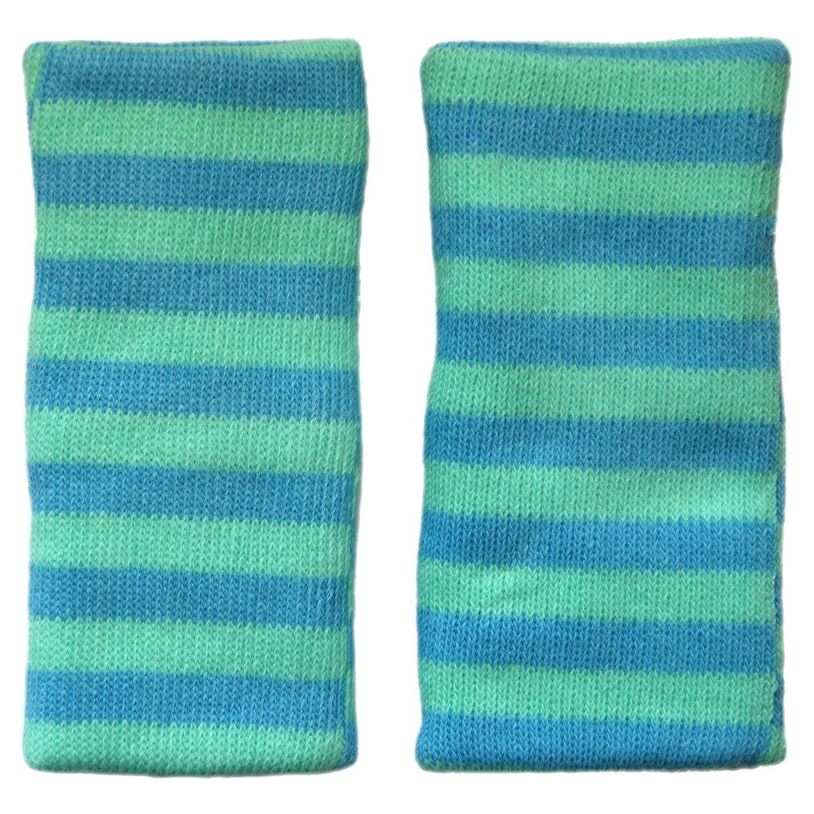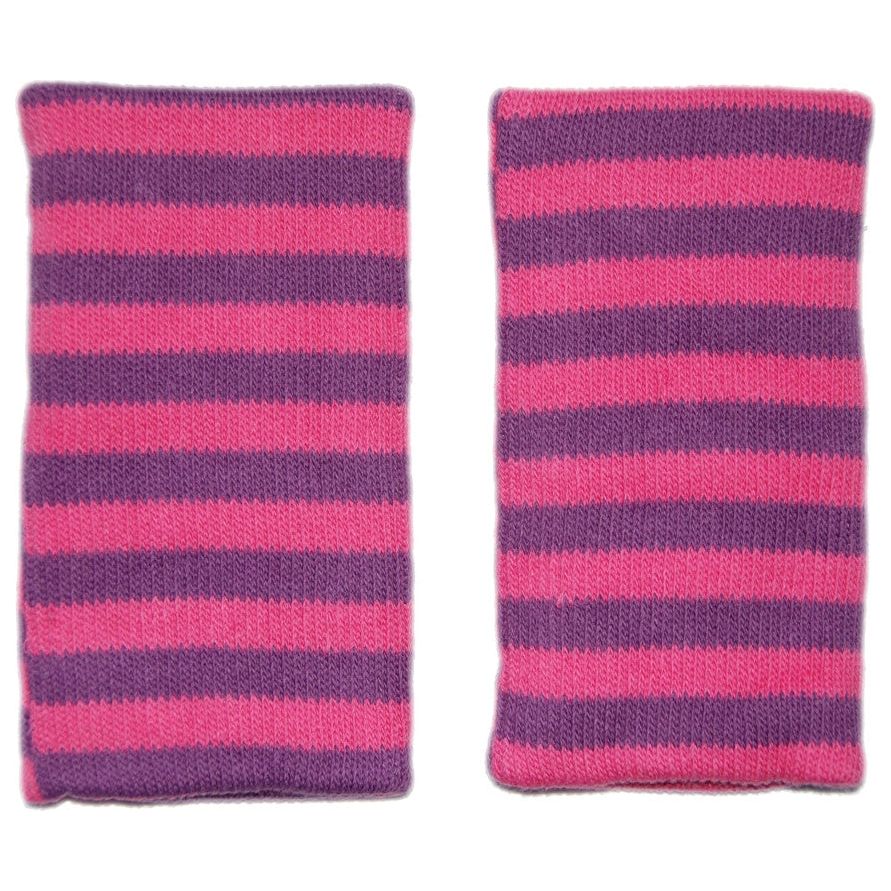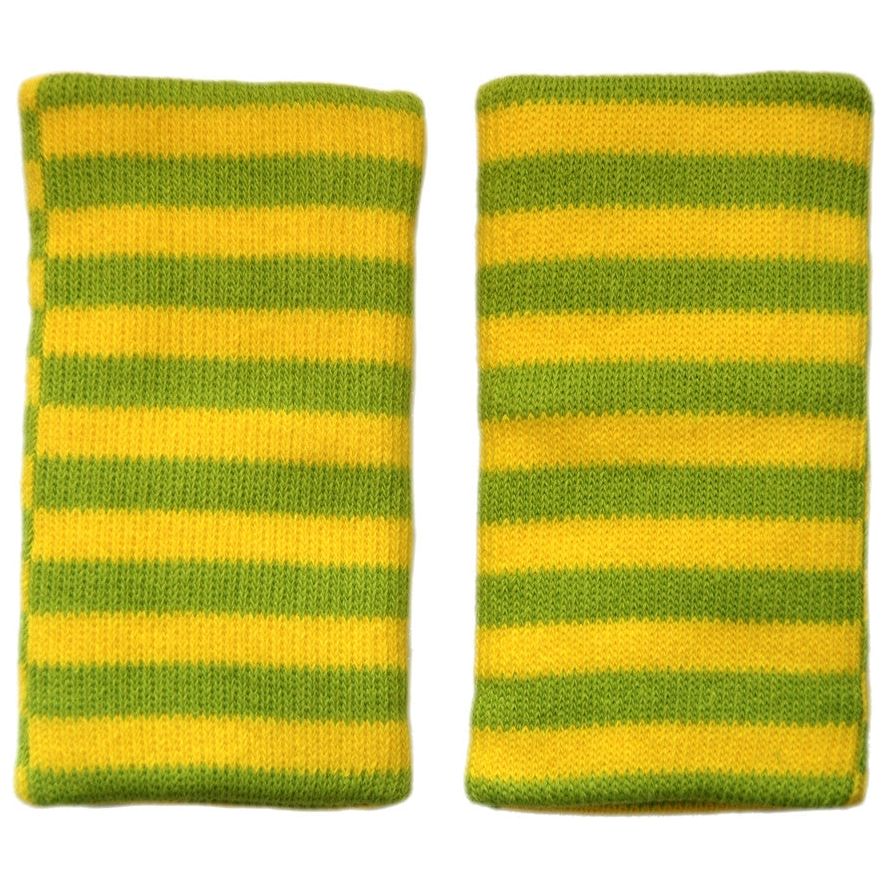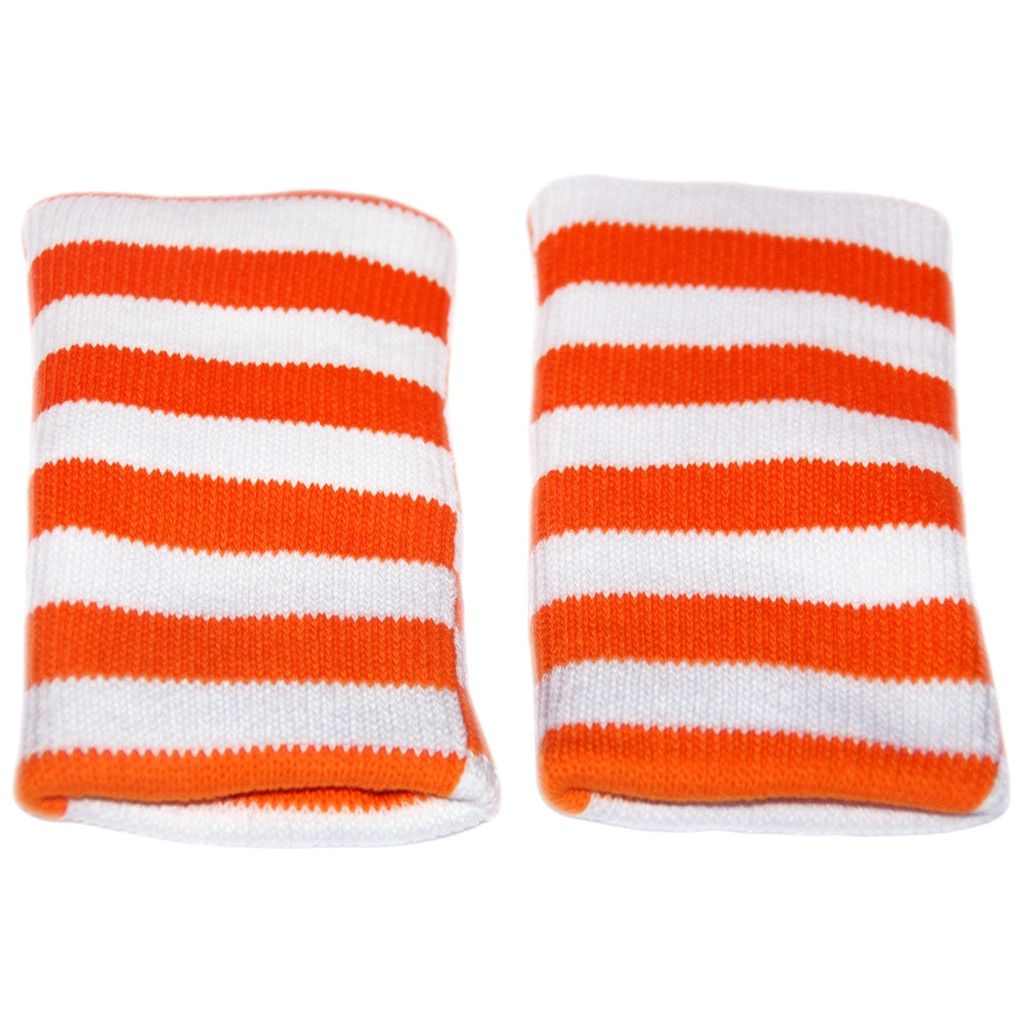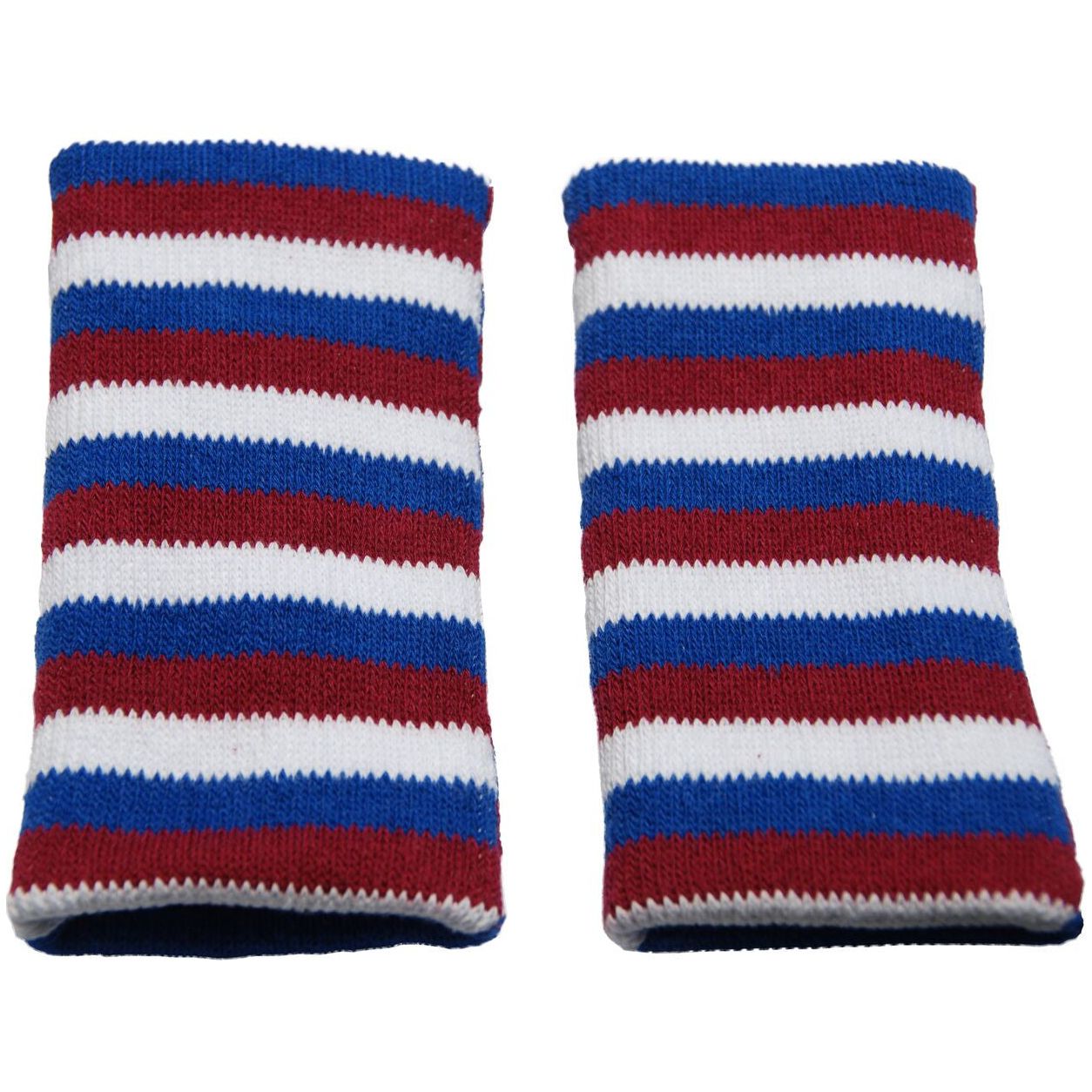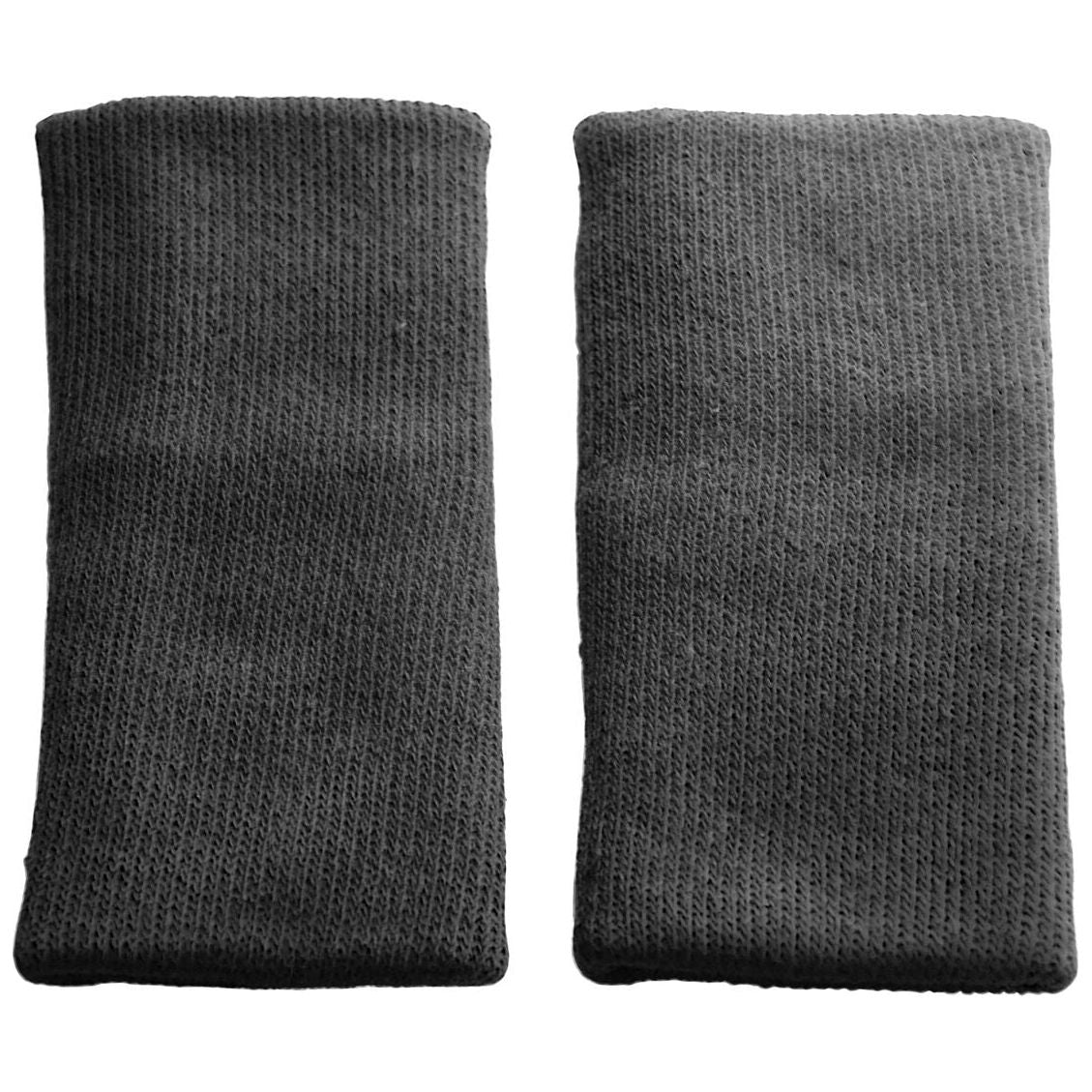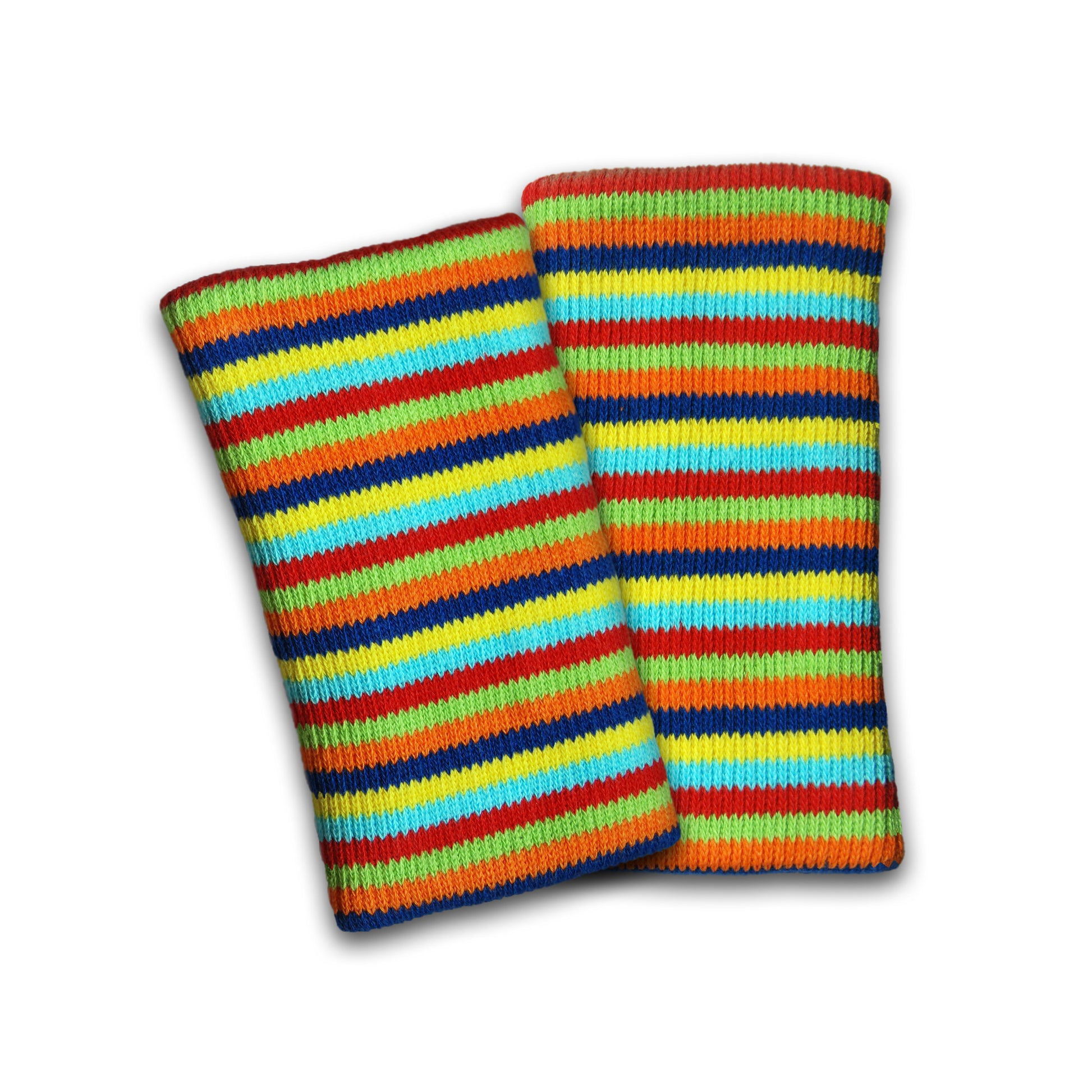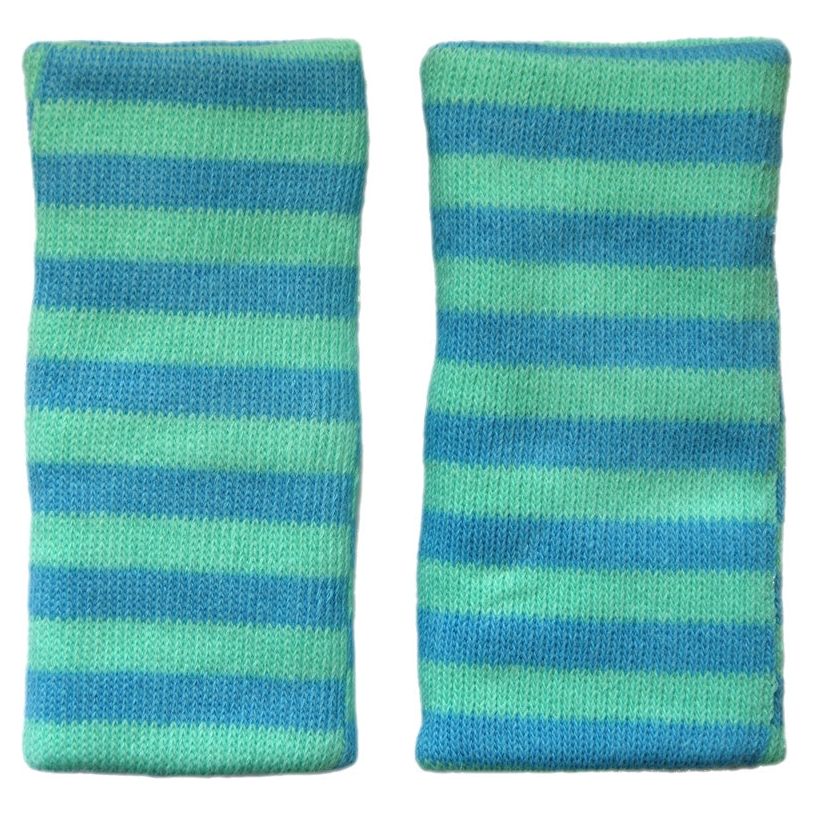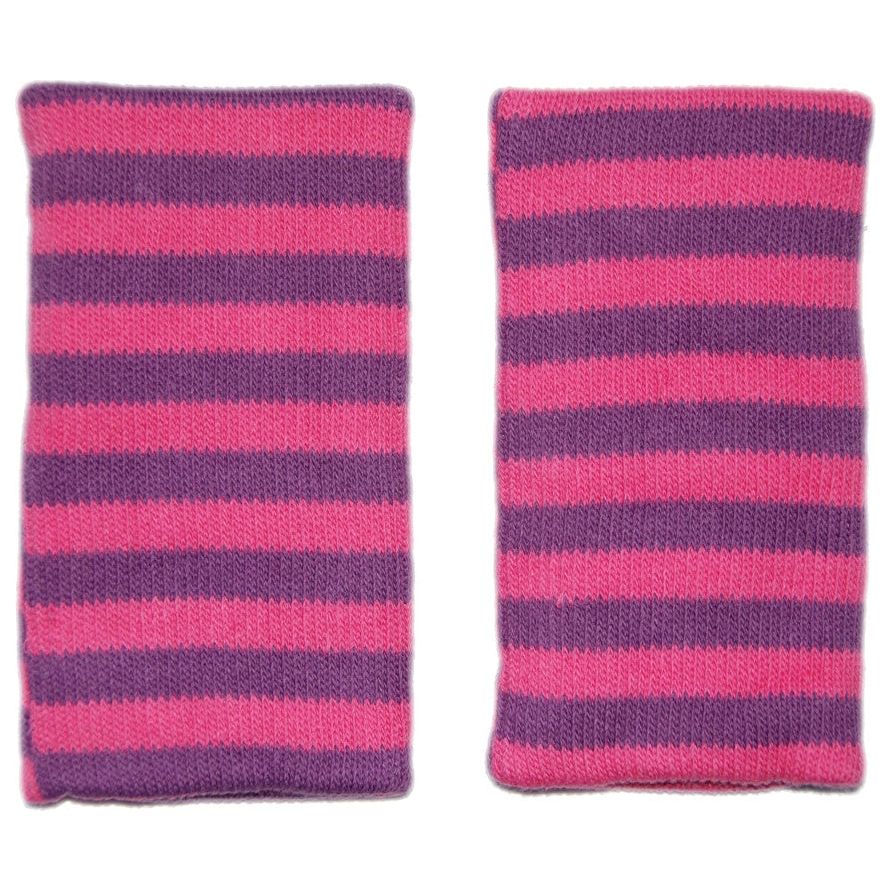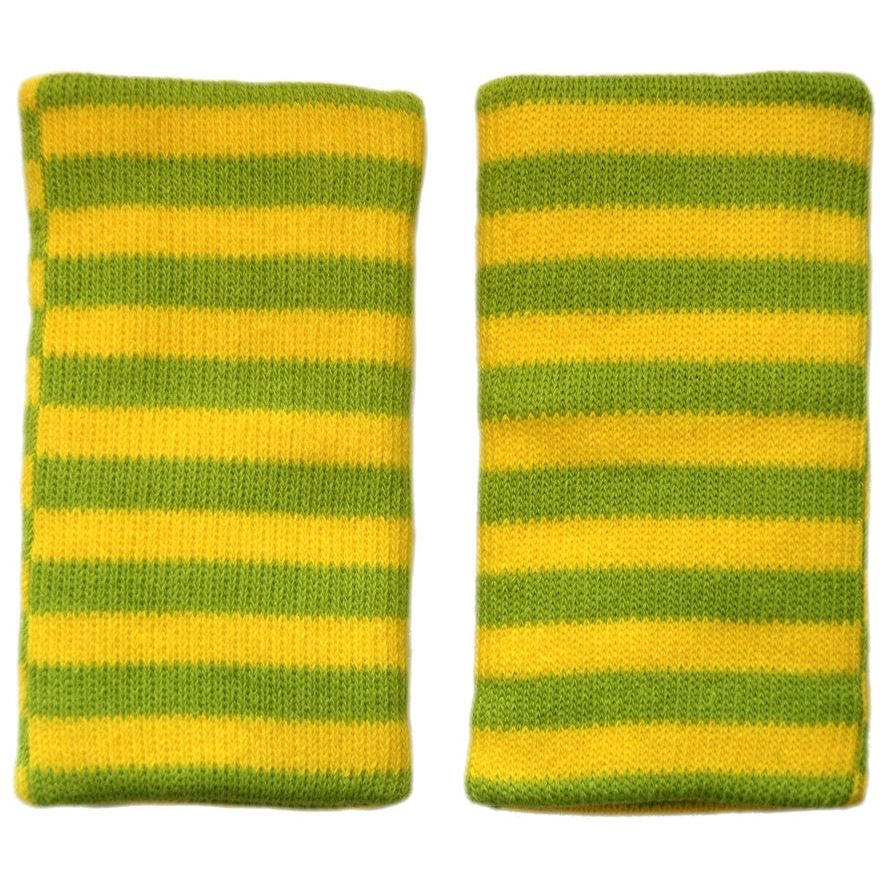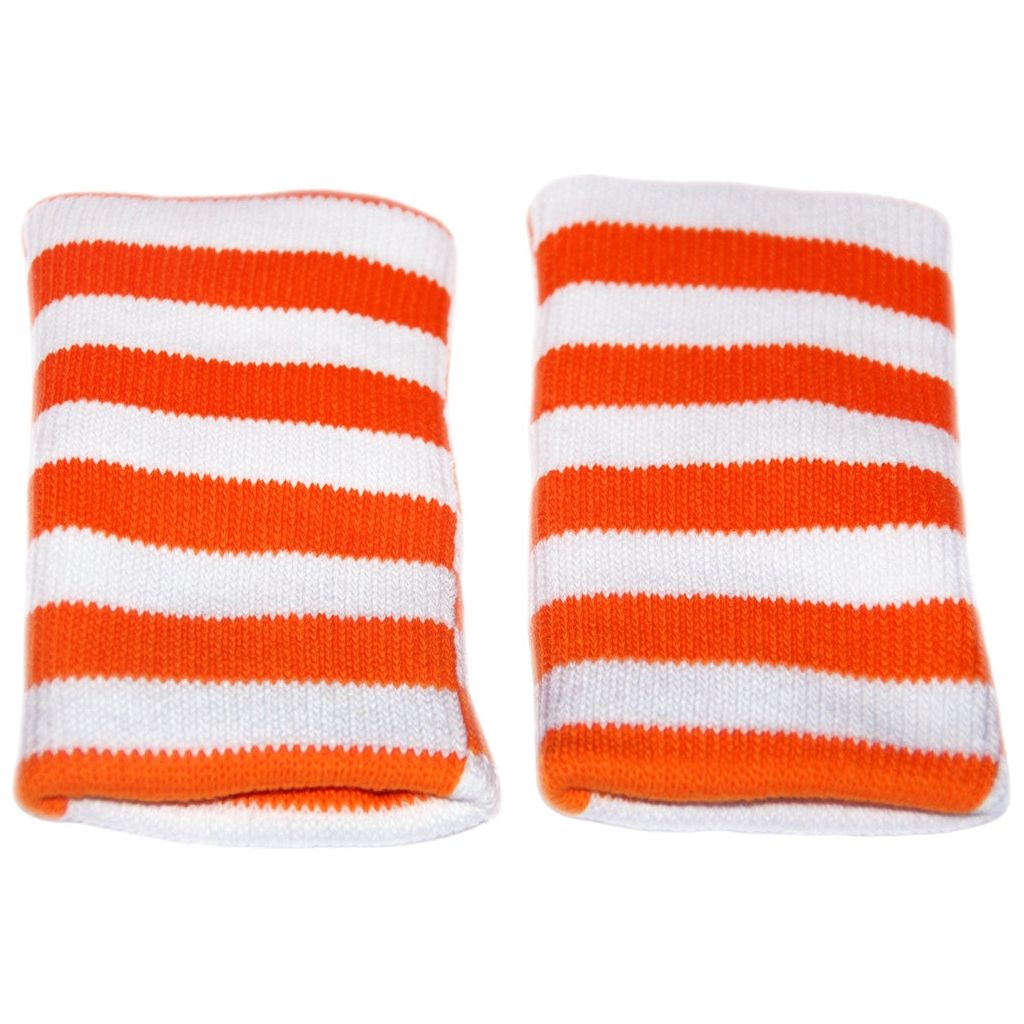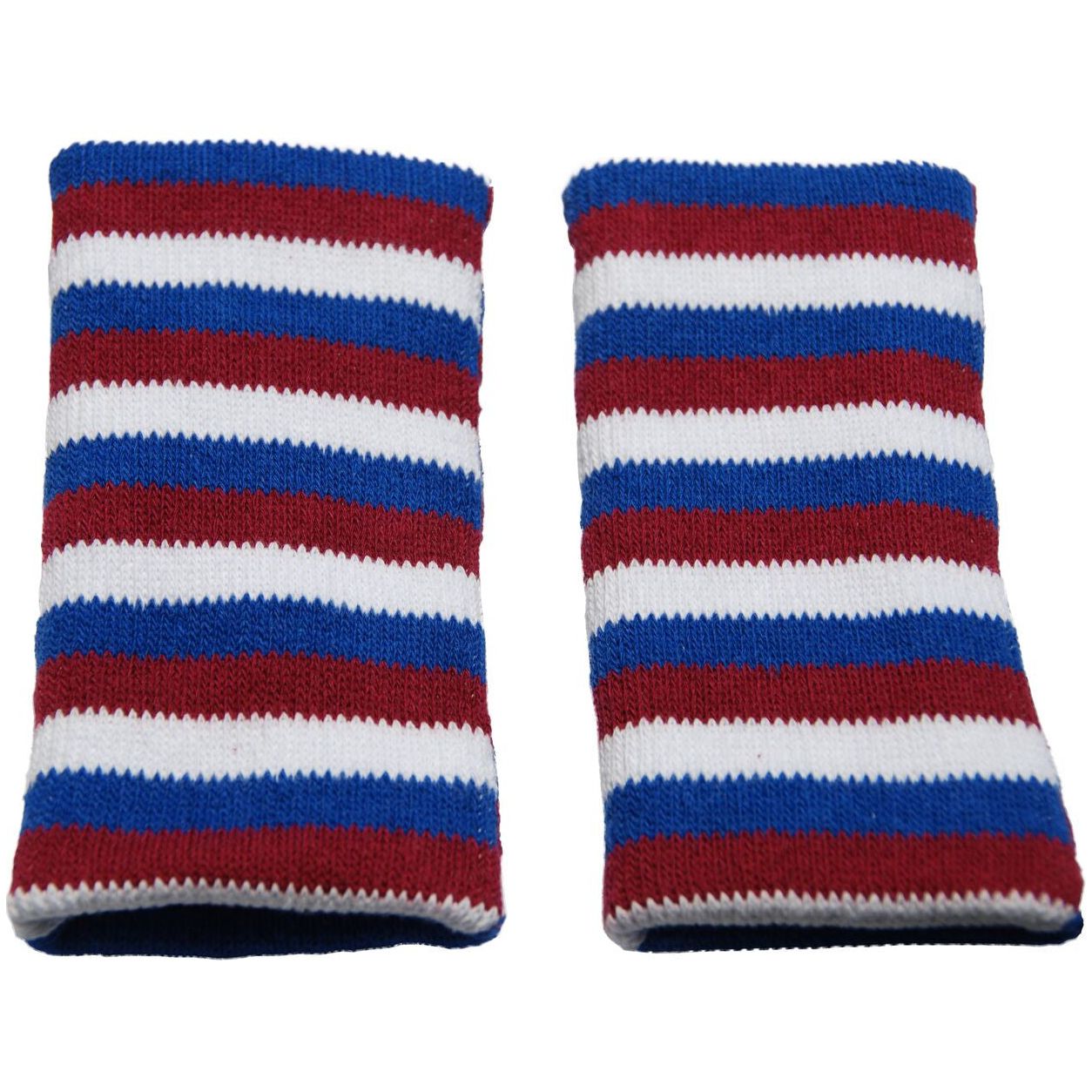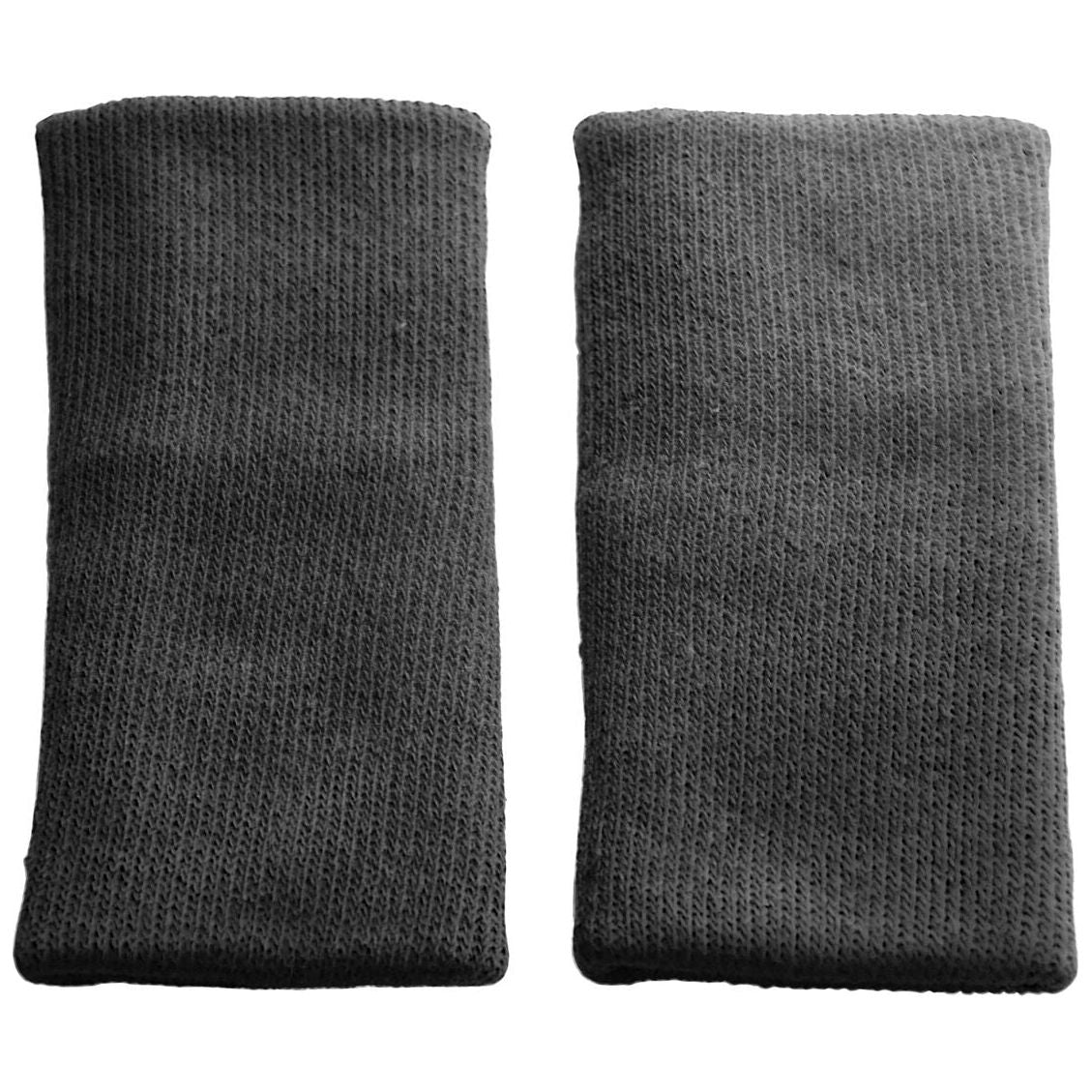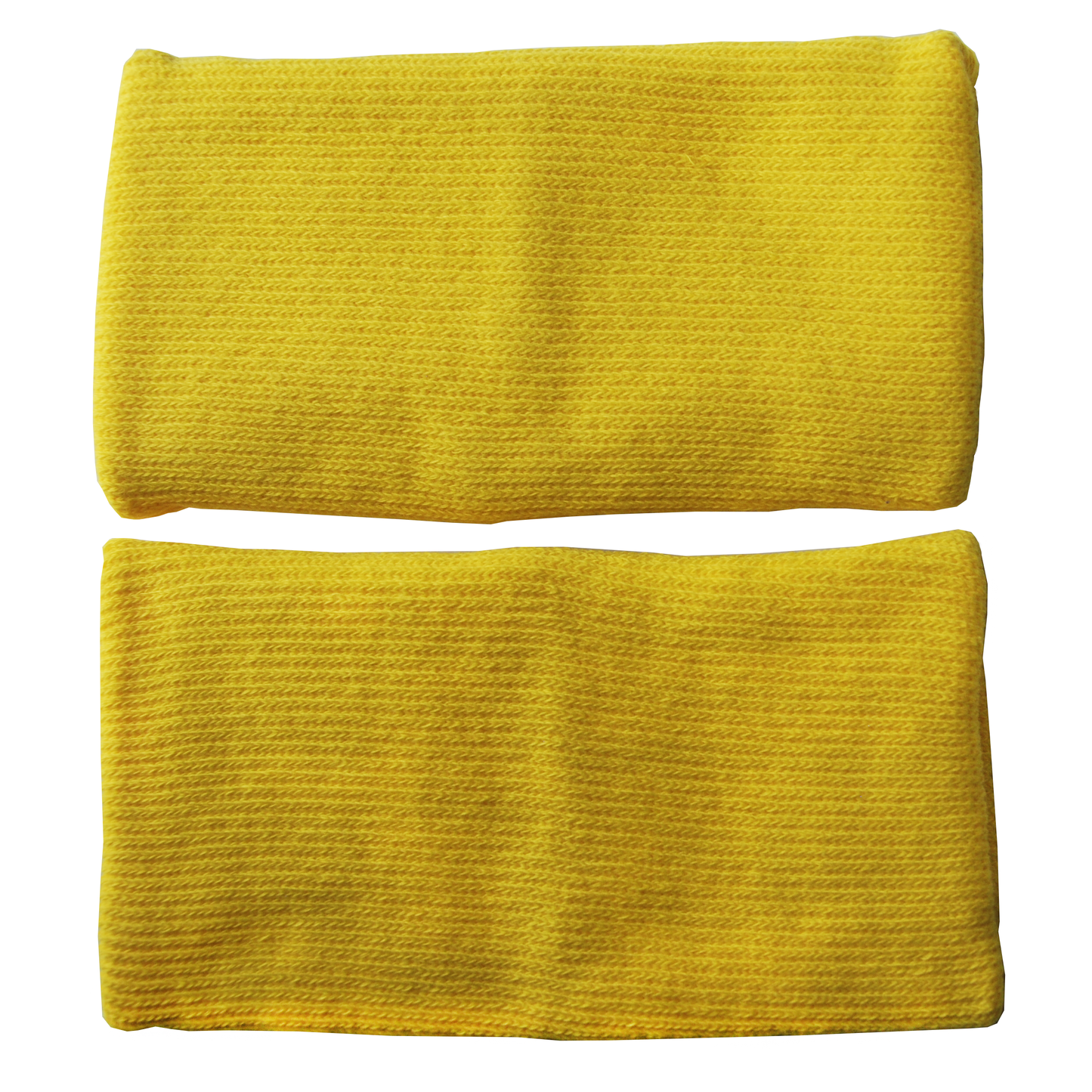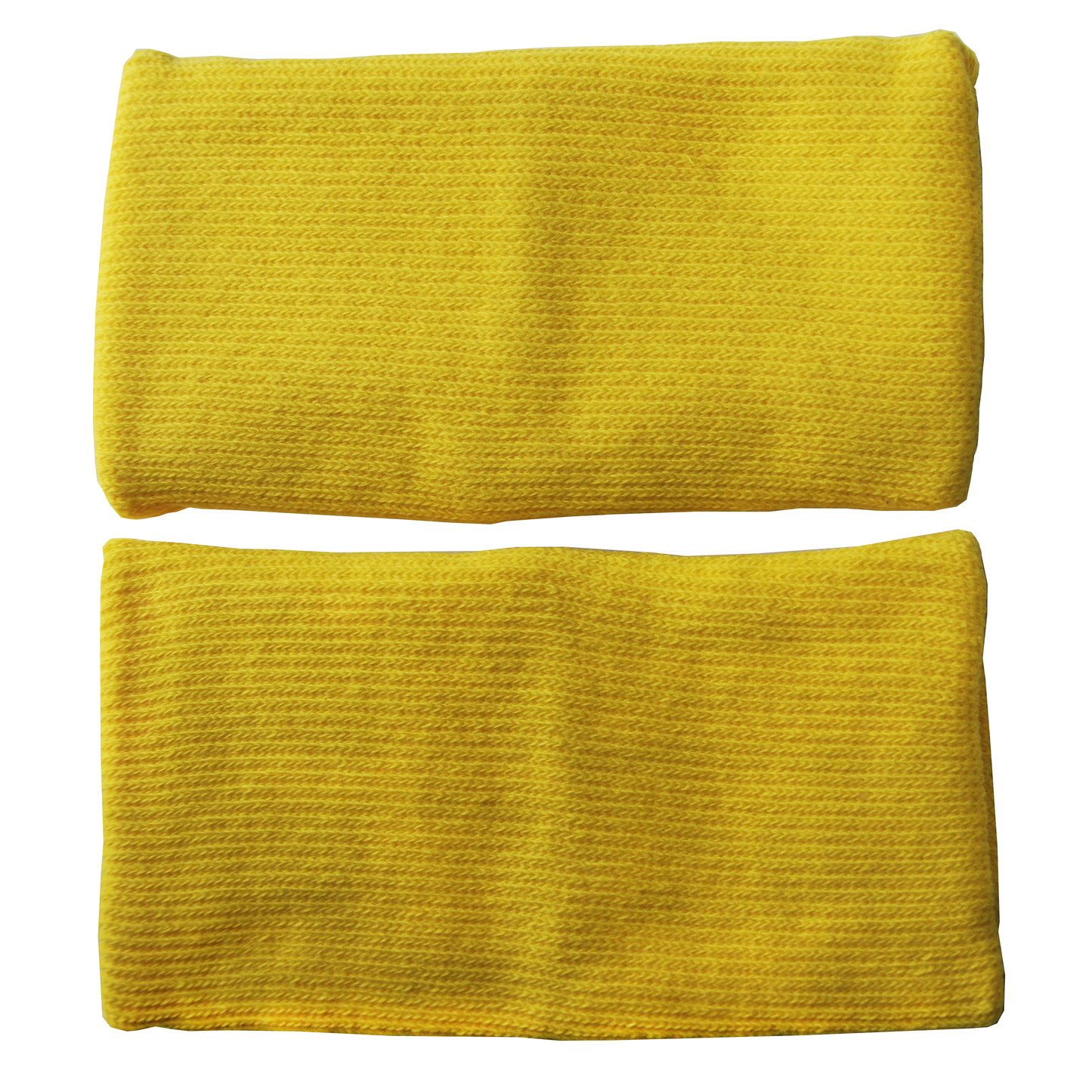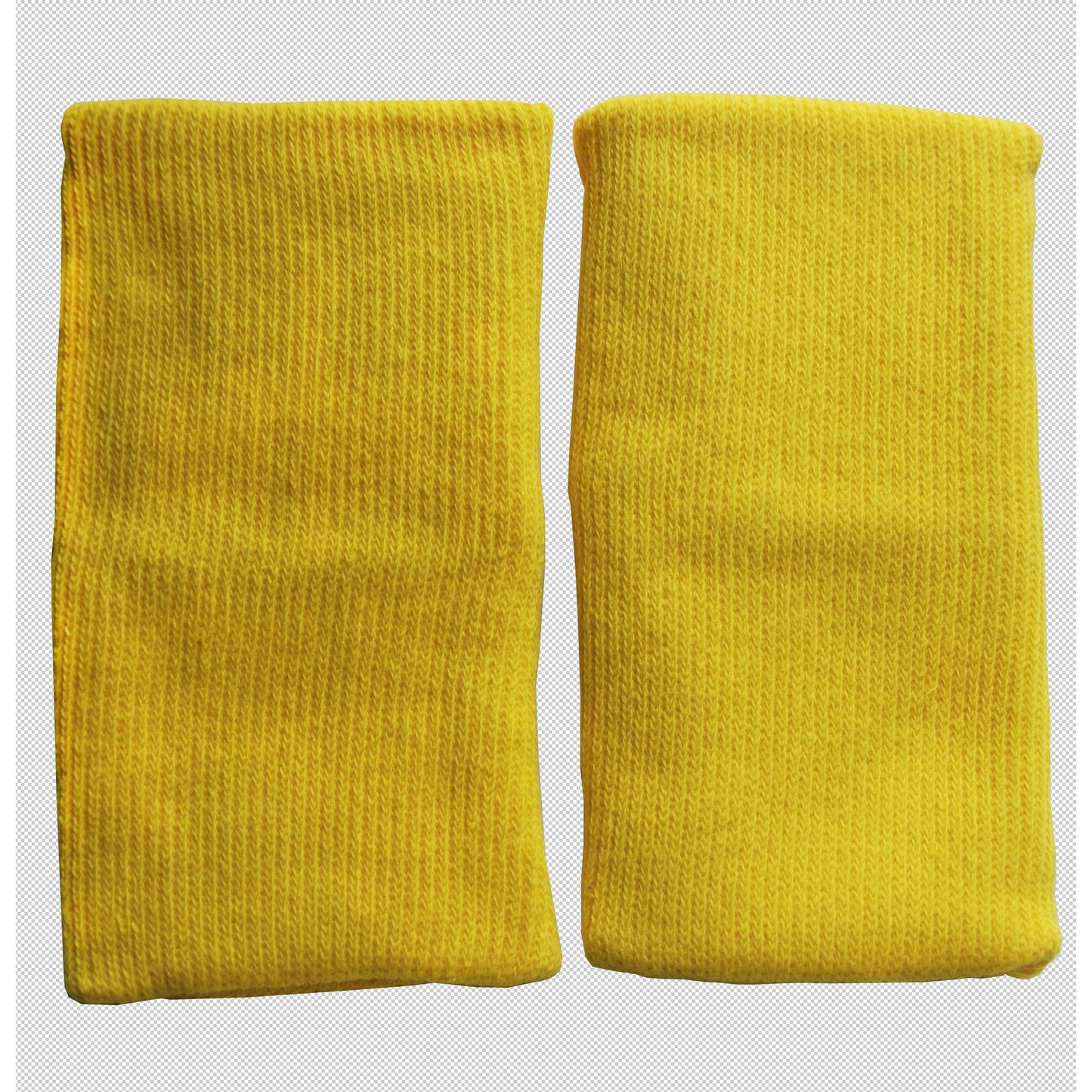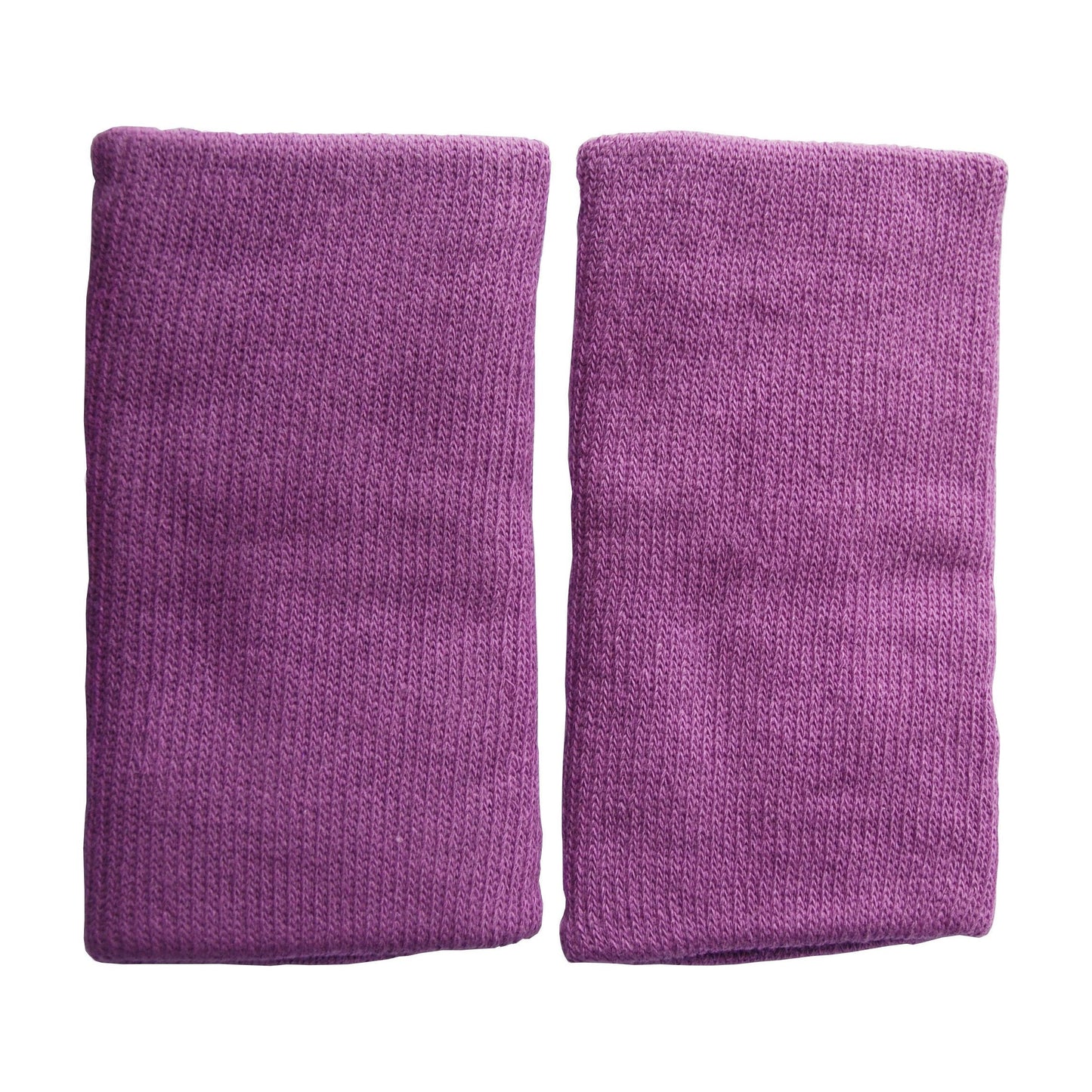Its dreaded flu season again. We did some research regarding the flu vaccine and found this illuminating comprehensive article on www.fatherly.com, written by Tyghe Trimble. Please read, make informed decisions and stay healthy!

"The 2019-2020 Flu Shot: What’s In It and Why?
By Tyghe Trimble
Every year, scientists around the world do their best to get one step ahead of the flu. How do they do this? With a flu shot. What is in a flu shot? The four most popular (slash effective) influenza strains from around the world, injected into fertilized chicken eggs or mammalian cells, deactivated so it doesn’t give you the actual flu, mixed with a grab-bag of preservatives and antibiotics and sugars, and then formulated for a shot or spray to make it in time for the 2019 flu season.
It’s also complex as hell — something that keeps virologists on their toes every year. Influenza strains constantly mutate but scientists get one shot for the annual vaccine, making their best guess some 30 weeks in advance to get the vaccine out to the public. Meaning, the CDC published the full report on the 2019-2020 flu season vaccine months ago. This means it’s actually possible to understand what you’re having injected into yourself and your child (also, your parents if you can), wherever it is you get your flu shot. Another note: Unless you’re in the throes of the flu, it’s never too late to get the shot.
Flu Shot Ingredients: The Strains
Every year, vaccines take virus samples from labs across the world and mix and match them. This year’s vaccine relies on four viruses (they call this a “quadrivalent” vaccine). Those viruses are…
A(H1N1)pdm09
First, let’s break down the terminology: “A” refers to the type of influenza that infects birds, humans, pigs, horses, seals and dogs, H#N# refers to the different proteins found in the outer shell of the virus (hemagglutinin and neuraminidase); “pdm” is short for “pandemic” (remember, these are grown to mimic once-live viruses that did some harm); and “09” is the year of said pandemic (the 2009 virus accounted for some 203,000 deaths with a higher-than-normal population of children dying).
The CDC reports that this year’s A(H1N1)pdm09 component changed from A/Michigan/45/2015 (H1N1)pdm09-like virus to an A/Brisbane/02/2018 (H1N1)pdm09-like virus, meaning there’s a flu strain akin to the one seen in the 2009 pandemic that was created last year in a lab in Brisbane, replacing the strain created in 2015 in Michigan.
A(H3N2)
The second component is a variant of the 2009 H1N1 swine flu. H3N2 was first found in pigs in 2010, then in humans in 2011, and the biggest human outbreak was in 2012 with some 309 reported cases. Going to a pig farm anytime soon? This one’s for you.
The CDC reports this year’s H3N2 vaccine component was updated from an A/Singapore/INFIMH-16-0019/2016 A(H3N2)-like virus to an A/Kansas/14/2017 (H3N2)-like virus.
Influenza B (x 2)
Influenza B viruses tend to be the non-pandemic variety because they spread primarily among humans alone. They’re slower to mutate than Influenza A, but still just as infectious among humans (and, apparently this year, harbor seals).
The CDC reports both B/Victoria and B/Yamagata virus components from the 2018-2019 flu vaccine remain the same for the 2019-2020 flu vaccine.
Flu Shot Ingredients: The Preservatives and Additives
Beyond the three to four viral components, a number of additives are required to make vaccines effective — and to keep them from going bad. These ingredients, sometimes covered as trade secrets by drug companies in other, less-public drugs, have led to many a conspiracy theory that the likes of anti-vaxxers would have you latch onto. It’s really much more boring than that. Here are some of the ingredients you will find in the 2019-2020 vaccine — and why they’re there.
The Ingredient: Aluminum Salts
In: Most vaccines
Use: Boosts body’s response to the vaccine
The Ingredient: Sugar or gelatin
In: Most vaccines
Use: Preservative
The Ingredient: Formaldehyde
In: Most vaccines
Use: Kills viruses or inactivates toxins
The CDC says: “Formaldehyde is diluted during the vaccine manufacturing process, but residual quantities of formaldehyde may be found in some current vaccines. The amount of formaldehyde present in some vaccines is so small compared to the concentration that occurs naturally in the body that it does not pose a safety concern.”
The Ingredient: Antibiotics
In: Most vaccines
Use: Prevents bacterial contamination
The Ingredient: Thimerosal
In: Some vaccines; mostly multi-dose vials
Use: Preservative
The CDC says: “Thimerosal has a different form of mercury (ethylmercury) than the kind that causes mercury poisoning (methylmercury). It’s safe to use ethylmercury in vaccines because it’s processed differently in the body and it’s less likely to build up in the body — and because it’s used in tiny amounts. Even so, most vaccines do not have any thimerosal in them.”
The Ingredient: Egg proteins
In: Some Vaccines
Use: Growing the vaccine
The CDC says: “Because influenza and yellow fever vaccines are both made in eggs, egg proteins are present in the final products. However, there are two new flu vaccines now available for people with egg allergies. People who have severe egg allergies should be vaccinated in a medical setting and be supervised by a health-care professional who can recognize and manage severe allergic conditions.”
Flu Shot Delivery
Not all flu shots are the same. Some aren’t even shots (let’s hear it for the nasal spray!) Here’s your 2019-2020 flu options:
By Needle or Jet: These inactivated shots are usually given with a needle, but Afluria Quadrivalent can be given to adults with a jet injector, basically, a high-powered spray that seeps through the skin.
For: Needles are for all and the jet spray has been approved this year for everyone above 6 months.
Nasal Spray: The nasal-spray vaccine is the only to include a live attenuated influenza vaccine, meaning, no, it can’t give you the flu, but it does have a higher likelihood of flu-like symptoms. This vaccine does not contain thimerosal or other preservatives and is for patients who are age 2 and up.
For: People who can’t stand the needle or jet spray or maybe aren’t so into the preservatives in their vaccines.
Preservative-Free, Egg-Free, and Other Flu Shot Formulations
Most flu shots are created by injecting the above combination of components into an egg, deactivating it, adding the other ingredients, and shipping it. This process has been around for decades and only fairly recently has some of the more advanced ways to make vaccines have gone into circulation.
Cell-Based.Unlike the regular flu shot, cell cultures are made without eggs, using instead cells from mammals. This was not always an entirely egg-free vaccine because the four viruses used in it were created originally with the usual egg-injection process. This year, however, the quadrivalent cell-based vaccine is cell-based from start to finish, meaning it’s completely egg-free.
Advantages: Flucelvax, the one cell-based flu vaccine approved for use in the U.S., is safe for anyone with egg allergies. Cell-based vaccines are faster to manufacture from soup to nuts (good for Spanish flu of 1912-type situations) and has been found in some independent studies to be 10 to 30% more effective.
Disadvantages: Flucelvax is for kids 4 and older, so toddlers will have to do with the regular shot. Furthermore, cell-based flu vaccines have been around since 2012, so they’re still the new kids on the block and can’t be found everywhere.
Recombinant. These vaccines don’t require the use of the flu virus. Recombinant flu vaccine has a slightly shorter shelf life than most other currently available injectable influenza vaccines.
Advantages: Flubok Recombinant, the one recombinant vaccine that is FDA approved for the 2019-2020 season, another completely egg-free vaccine is a must-have for anyone with an egg allergy. The recombinant flu vaccine manufacturing process, like cell-based vaccines, is faster to manufacture and would also be useful in the event of a zombie invasion — if those zombies were all carrying a flu virus.
Disadvantages: The vaccines have a slightly shorter shelf life than most current flu vaccines, expiring 9 months from the production date. So have your doctor check the expiration date. Also, it’s only approved for patients 18 years or older.
Flu Shot Dosage & Ages
Dosages are something you should put in the hands of your pediatrician. Of course, it doesn’t hurt to inform yourself of the goings-on in flu vaccine dosage news. Here are three takeaways.
This year, there has been a change in dose-volume for children 6 months through 35 months of age. Previously, children in this age group were recommended to receive 0.25 milliliters of this vaccine per dose and now receive either 0.25 milliliters or 0.5 milliliters per dose. 3 years and up should receive 0.5 ml.
Children 6 months through 8 years of age who need 2 doses should receive their first dose asap to allow the second dose (which must be administered at least 4 weeks later) to be received by the end of October.
In October 2018, the FDA approved an expanded age indication for Afluria Quadrivalent, a vaccine that can be injected through the skin without a needle. It is now licensed for children 6 months of age and older. So, if your kid is really super freaked out by a needle, they may be in luck.
Antivirals: What to Do When You Already Have the Flu
When you get the flu, antivirals can shorten its duration. The FDA has approved six influenza antiviral drugs in the U.S, but the CDC only recommends four for this flu season. They’re also all in somewhat short supply, so you might not be given them if you’re not a child or elderly individual. This is why we get our flu shots, people!
The antiviral you probably already know goes by the brand name of Tamiflu, which you can get OTC with relative ease if you’re young or elderly. This drug, along with two others (brand names Rapivab and Relenza) that work in the same manner, block an enzyme the virus needs to replicate and shave up to a day off of your illness. These need multiple doses to keep the drug working (Tamiflu, for instance, requires patients to take it twice a day for five days).
The newest antiviral, Baloxavir marboxil (aka Xofluza) is a single-dose antiviral drug approved last year by the FDA. Baloxavir is for people with basic flu who are 12 years and older and have had symptoms for less than 48 hours. In a phase 2 trial published by The New England Journal of Medicine, it shaved off upwards of 28 hours of flu symptoms (from 80.2 hours to 53.7 on average.). This antiviral stands out in that it is the only one that gets to the root of replication, messing with the virus’ RNA to stop it from reproducing. Also, it’s one of the only ones to come in a single dose, so that’s nice."



